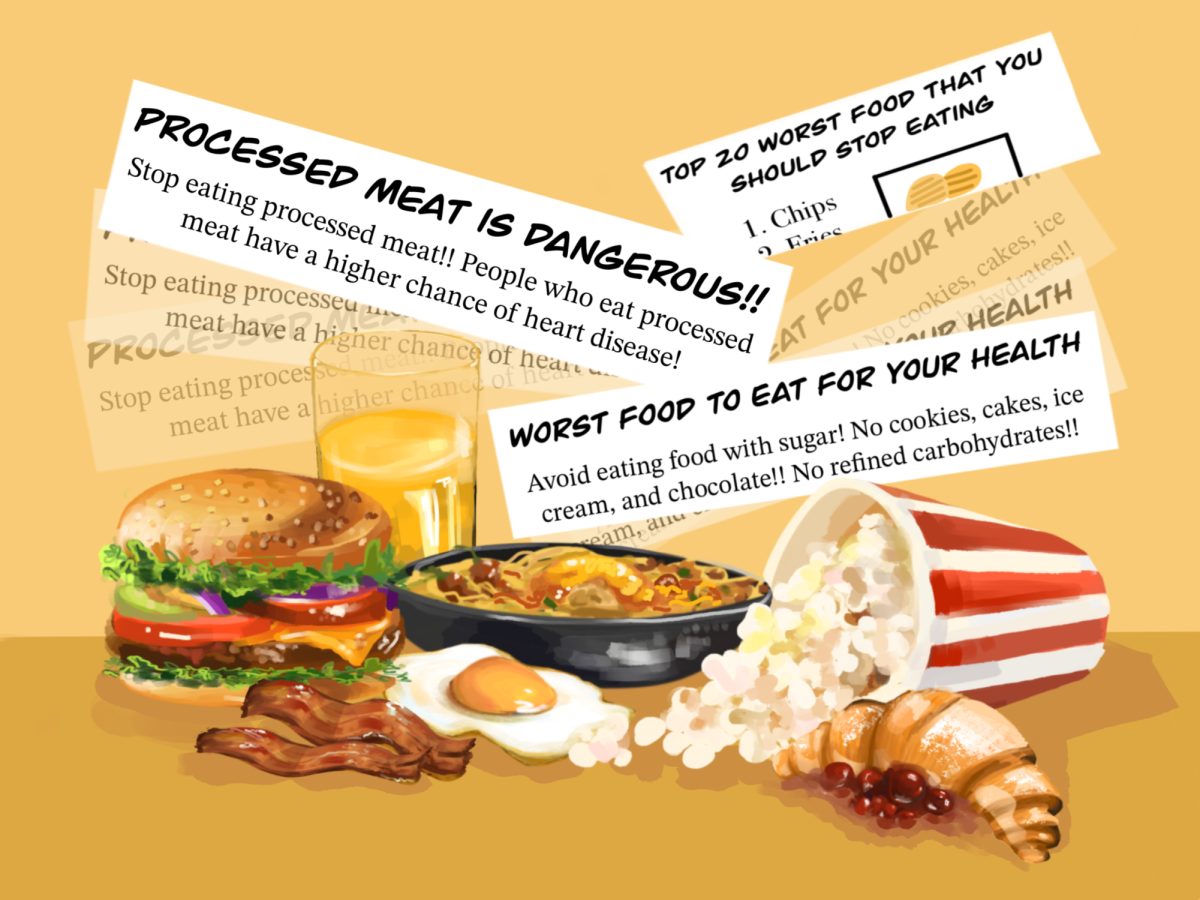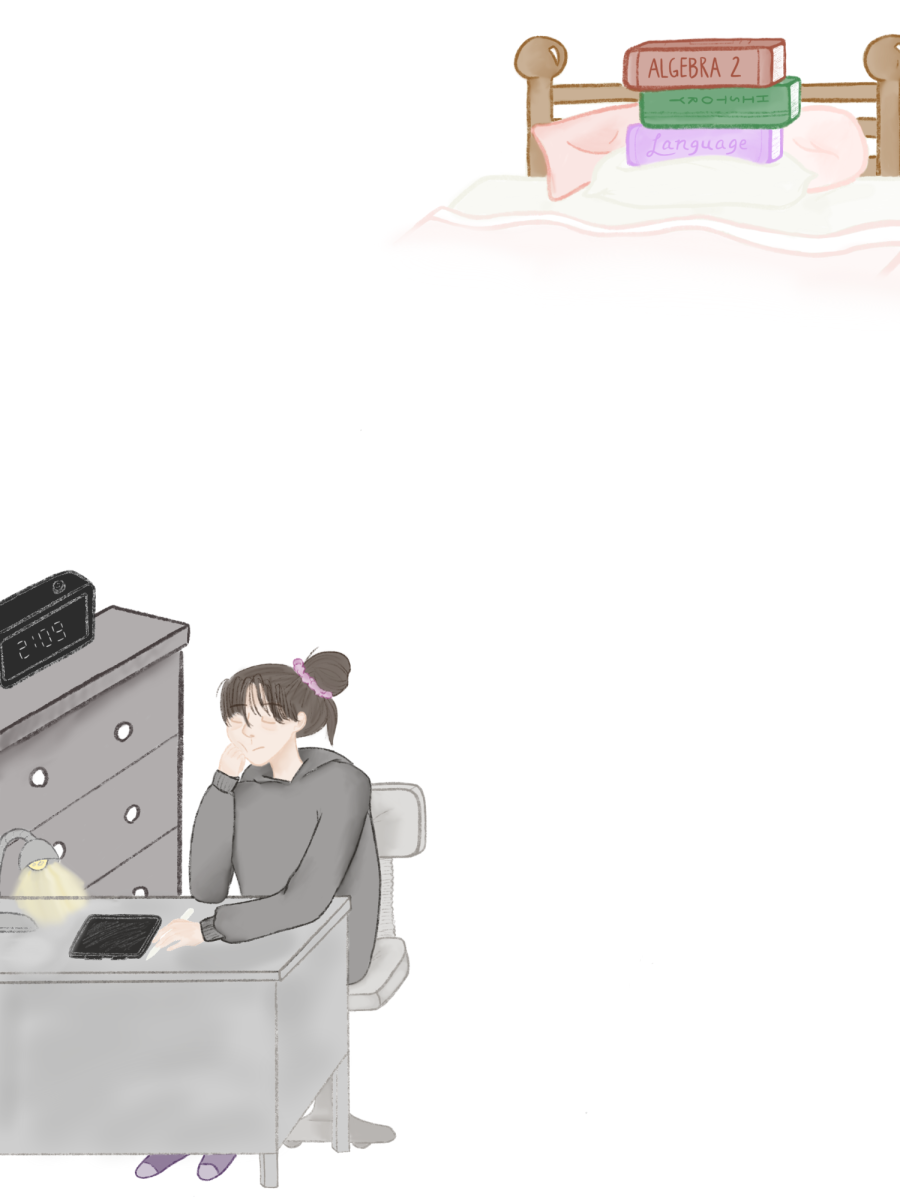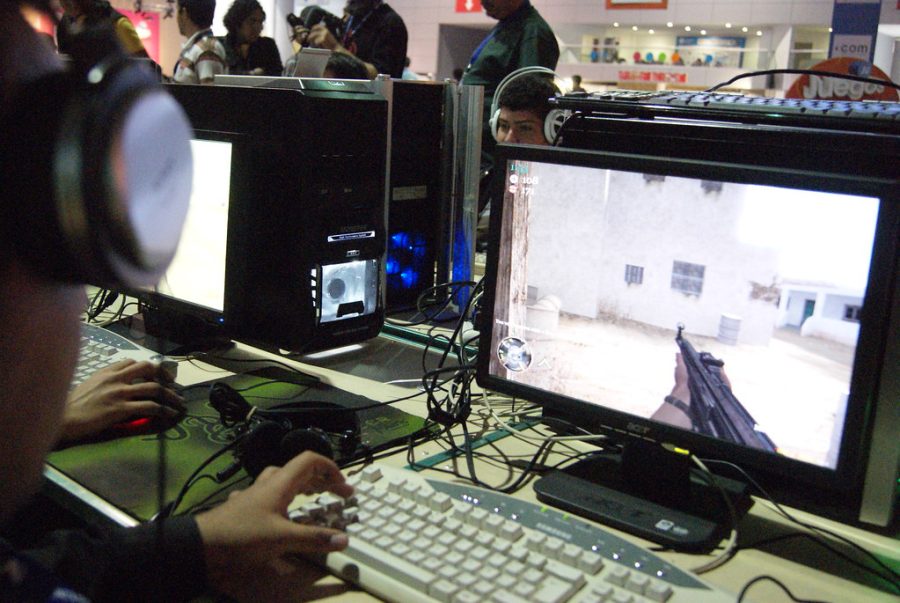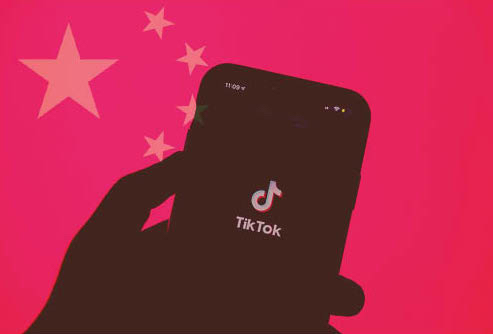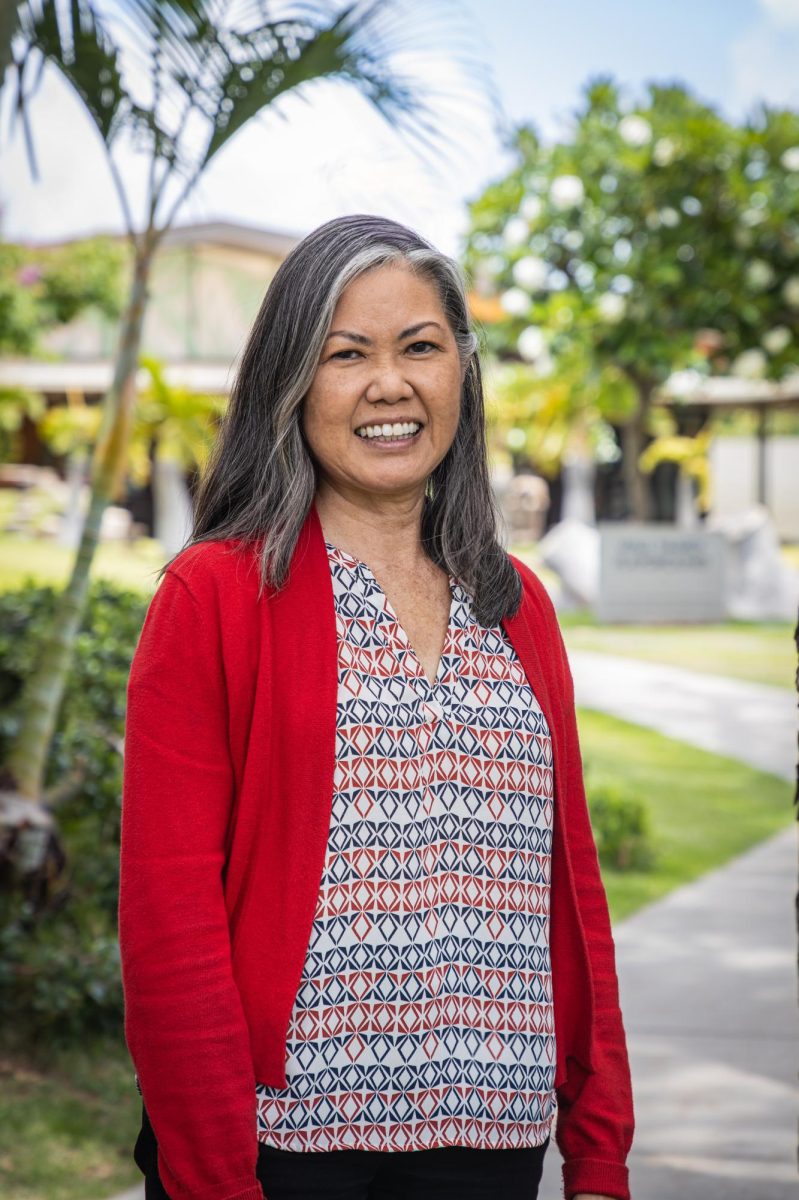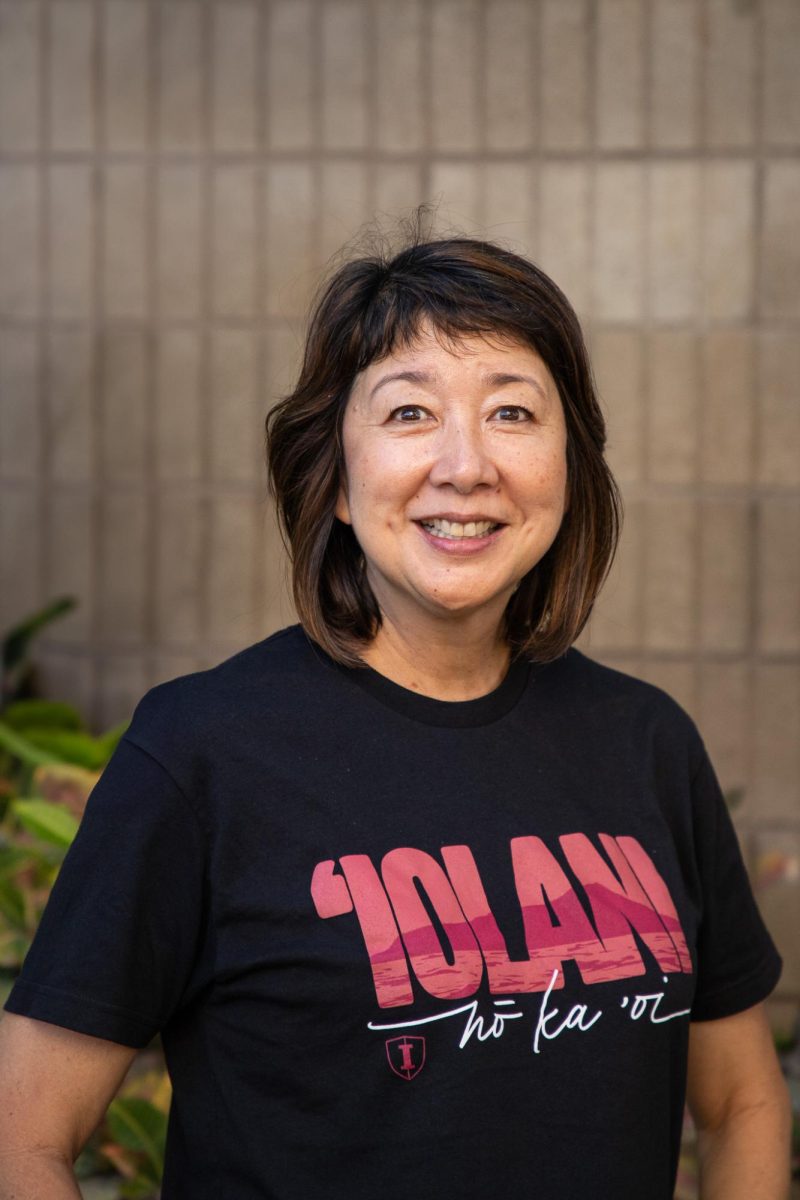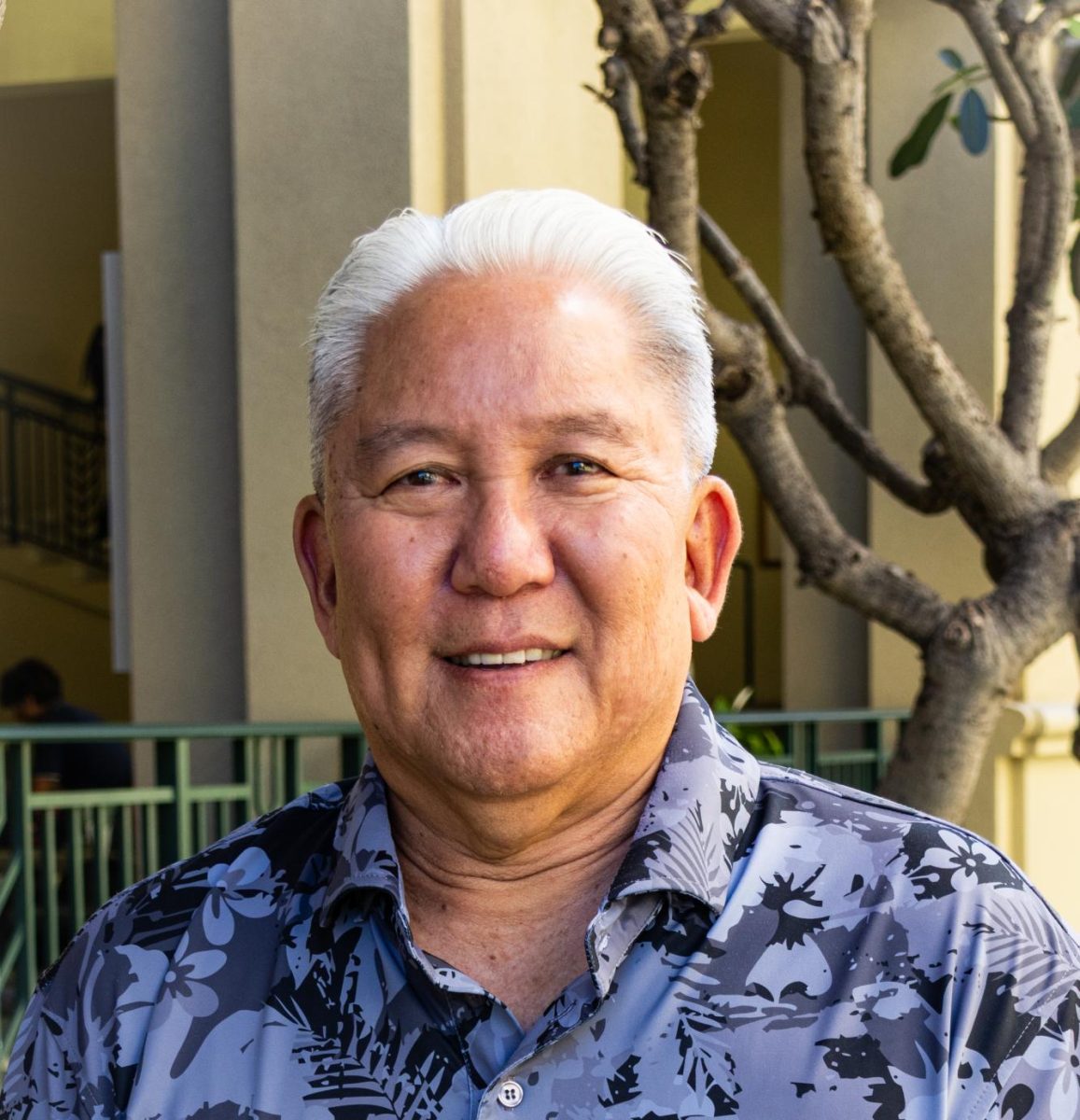With the chronically long periods that many of us spend online, it’s nearly impossible that a “What I Eat In a Day” video or diet plan hasn’t scrawled its way across your feed. These videos, many of which begin with perfectly sculpted abs in slimwear or other forms of body checks, go on to depict celery juice, organic manuka honey on vegan yogurt and gluten free, dairy-free, refined sugar-free, fat-free, “nice cream.” Now, in the days of social media and short form content, it seems one thing looms large over the others, pushed by ab checks, supplement promos, and zero-calorie plant-based protein: unrealistic diet culture. The foods promoted in these videos often seem incredibly product placed for ad purposes, and from a price standpoint, many of them also are products unrealistically attainable to the majority of its audience— and while the motive of many of these videos, to promote healthier eating, is well intended, these diet culture trends ultimately promote a false sense of reality and unnecessary guilt.
The “What I Eat In A Day” trend’s roots began in 2010, when users started to track their diets on social media. Come 2024, the hashtag #WhatIEatInADay has amassed over 14.6 billion posts on TikTok. From sea moss to bone broth, social media has given way to the rising popularity of these unconventional products. These items have gone from being unheard of, to now commonly regarded as everyday health foods, especially for the users who seem to have their lives and diet completely together. While “What I Eat in A Day” videos might succeed in spreading awareness of mindful eating, many of these videos promote products that are far beyond average pricing or availability.
One of the largest reasons for the mainstreaming of these products is sponsoring, which many large supplement or superfood companies pay for, in order to have their products present in these videos. These videos, as a result, often act as ads for products. The truth is, these products just aren’t things you would typically find at your local grocery store. A recent example of this is embodied by the “waist trainer”, which allegedly slims your waistline, and sells for upwards of fifty dollars. Despite health experts debunking the claims of the waist trainer, viewers continue to purchase such items after seeing them promoted by their favorite influencers, including Kylie Jenner, who appears with the waist trainer several times on her Instagram stories.
An anonymous student from the class of 2026 reveals his opinion on the matter, saying, “There is definitely value in the idea that not having chemicals and preservatives in your food is an overall good idea, but I think that it is a mistake to alienate a large portion of the population that can’t afford the premium of all organic foods.” Like this student expresses, while good quality food certainly possesses many health benefits, creating an exclusive culture on highly pricey food is not ethical, and extremely isolates people by what they can and can’t afford.
Moreover, product placement is more often seen in these videos than publicly disclosed. The result of this is that an audience watches these videos and believes that these heavily sponsored and highly priced items are the reality of what people truly eat.
The majority of users behind these “What I Eat In A Day” videos often share a relatively slim physique. When one sees many of these videos and body checks, showing off physique with the consistently same physical structure on their screen time and time again, a sense of false reality is often put on display. This contributes to an illusion of balance– that anyone who severely restricts their diet will also achieve a healthy body type, identical to the ones they see on their feed.
Kelsey Sick, a doctoral student in the school of kinesiology and exercise physiology and Western University, says, “Adolescents are very impressionable – this is the age where you start to create and develop your sense of self.” Sick’s research interests include body image and mental health.
She admits that the majority of users posting “What I Eat In A Day” videos are young, thin and able-bodied, which is not representative of the diverse and various different body types which comprise reality. As a result, viewers, especially young and impressionable viewers, believe that this is reality, which is just not true.
Often, these viewers will imitate what they see online. The danger of this, as Kelsey Sick explains, is clear: “So, if young women see that someone is thin and successful because they eat a certain way, they may begin to cut calories and restrict their eating to try to act and look the same as the people they see online.” With the amount of restrictive or unhealthy diets circulating with this trend, the risk of viewers adapting unhealthy eating habits poses a serious threat to their health.
With an entire culture composed of healthy, organic supplements and produce, these videos can easily trigger feelings of guilt, especially when users begin to inevitably compare their own diets with the ones they see online. An anonymous student from the class of 2027 encapsulates this phenomenon with her own experience, admitting, “I ate a burger and fast food, and I was scrolling on TikTok and this slim girl on TikTok was showing what she ate in a day. In her video it was all healthy stuff, and it did make me feel bad for myself. I’m not against those videos. They can inspire me, but I have watched certain videos with really healthy food and they made me be like, “Oh, I should eat better.”
Another anonymous student from the class of 2027 reveals her main takeaway from this trend, commenting, “In the end, it should be taking care of your body and not letting your body get too damaged by eating only bad food, but at the same time, researching and getting information only from social media is very dangerous. Different things work differently for everyone, so don’t believe or do everything by social media.”
An easy solution to amend the issues with this trend is promoting diets which promote true balance between mindful eating and honoring your cravings. In the end, the “What I Eat In A Day” trend, which holds a large amount of influence over its viewers, and offers several benefits, including the promotion of health awareness and creative meals. When portrayed accurately, this trend has the capacity to bring innovative and fun new ideas to its audience, achieving safe entertainment in the media worlds of food and fitness.

